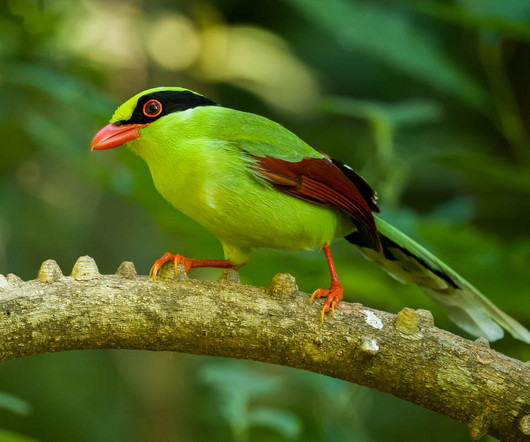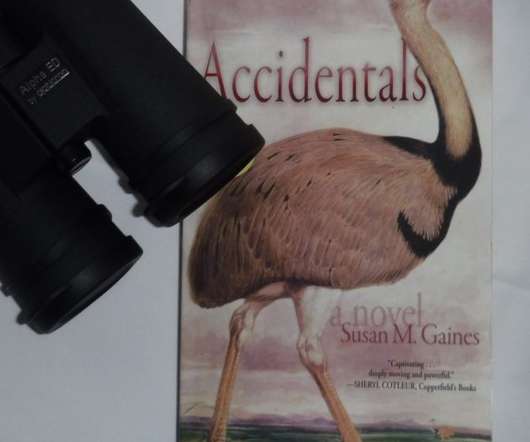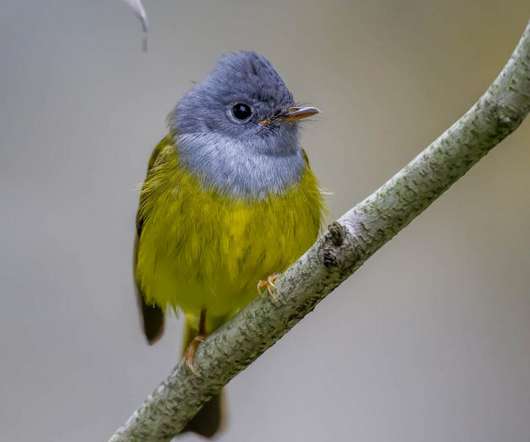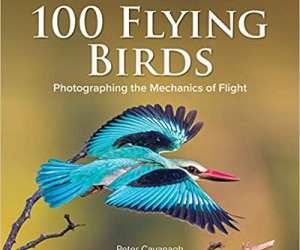Home-cloning kit for waders.
10,000 Birds
NOVEMBER 12, 2011
As the evenings darken and night draws in, some of us are forced to spend more time at home with our families instead of out in the field. But please also consider that the subject of this exercise is an image gained without having to disturb a hungry bird refuelling during its migration. Take the Wood Sandpiper above as an example.














Let's personalize your content